Gateway to/from the continent
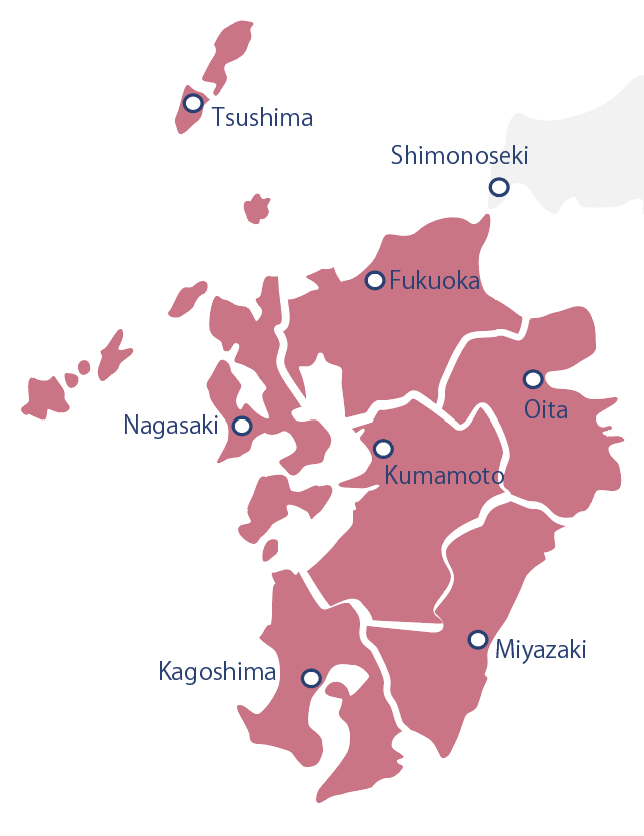
Kyushu comprises six prefectures: Fukuoka, Saga, Nagasaki, Oita, Miyazaki, and Kagoshima. As the gateway to the Korean Peninsula and the Asian continent, Kyushu has a rich history dating back to the Jomon Period. Many shrines related to the myth of the nation's birth can be found throughout the region, including Miyazaki Jingu, Munakata Taisha, and Kirishima Jingu shrines. Kyushu has been an important port town, hosting Sui and Tang dynasty envoys, as well as facilitating trade with China and other Asian countries. It was also in Hakata that Mongol invasions were twice repelled. In 1543, Portuguese sailors introduced guns to Tanegashima Island, leading to expanding trade with southern Europeans. Japan mainly imported silk and exported high-quality silver. Nagasaki was a hub for foreign trade and the arrival of Christian missionaries from Portugal and Spain, resulting in the construction of many churches.
Shrines
Usa Jingu Shrine
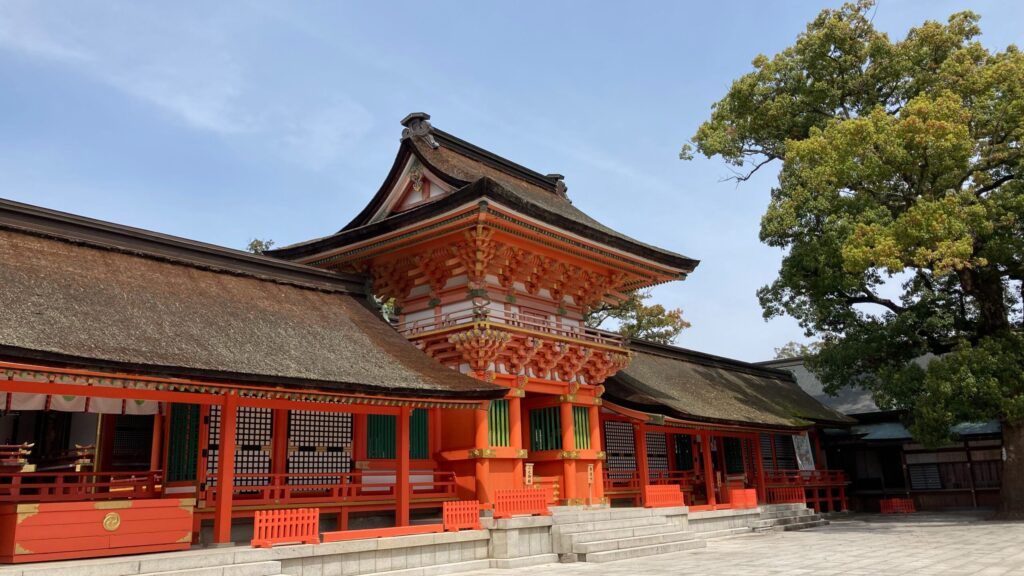
Usa Jingu, the head shrine of the approximately 460,000 Hachimangu shrines, became the national deity and the god of warlords. Why is this?
Hakozakigu Shrine
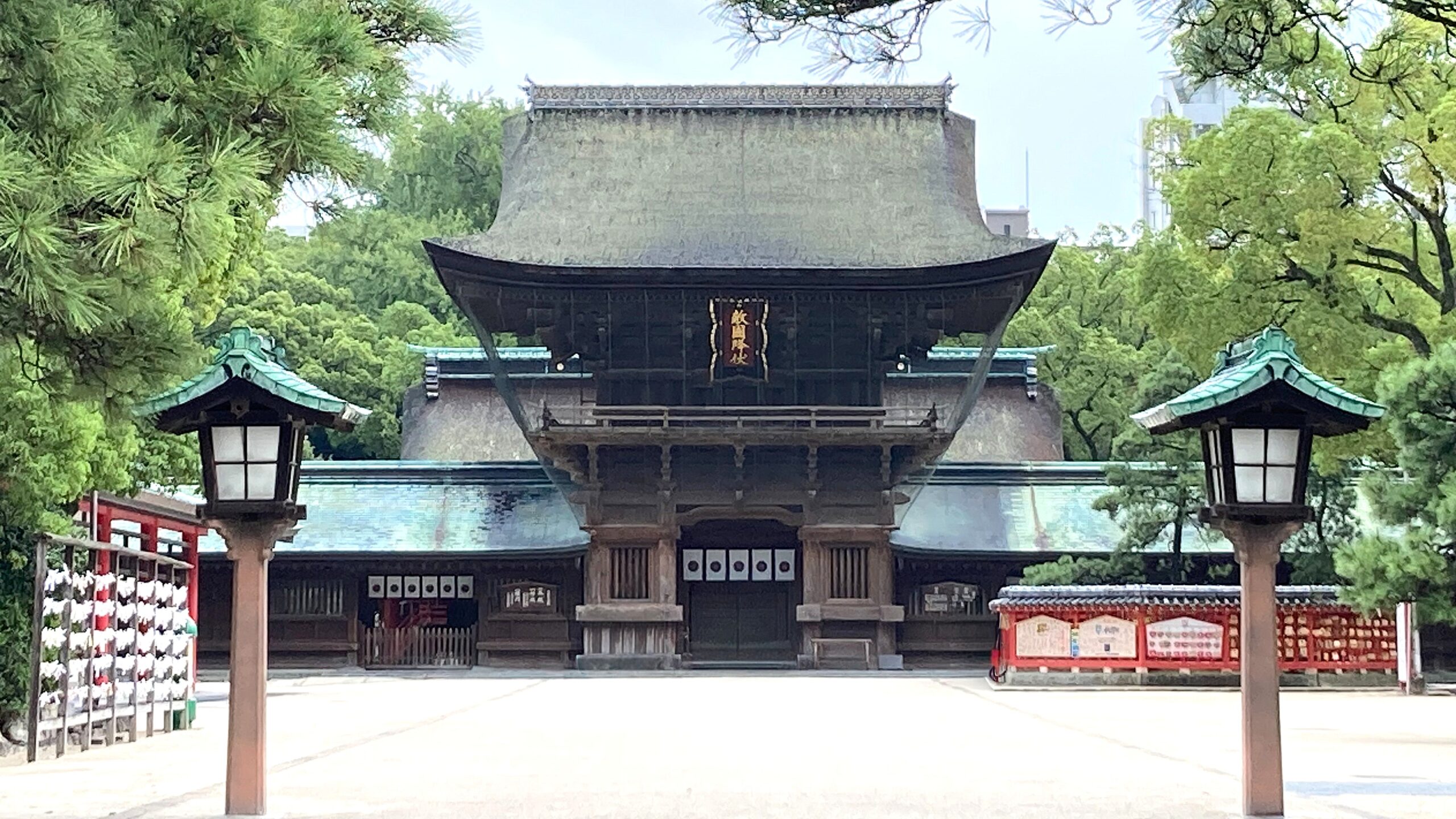
Hakozakigu Shrine near the Dazaifu regional government office was burned down during the Mongol Empire Invasions.
Dazaifu Tenmangu Shrine
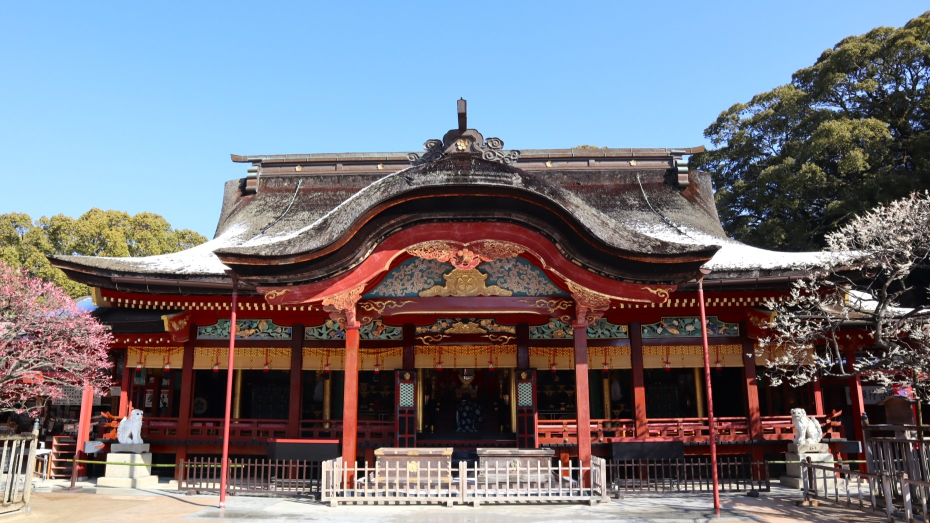
Dazaifu Tenmangu, the head shrine of the approximately 12,000 Tenmangu shrines, enshrines Sugawara Michizane as the deity of learning, culture, and the arts.
Historic Sites
Glover Garden
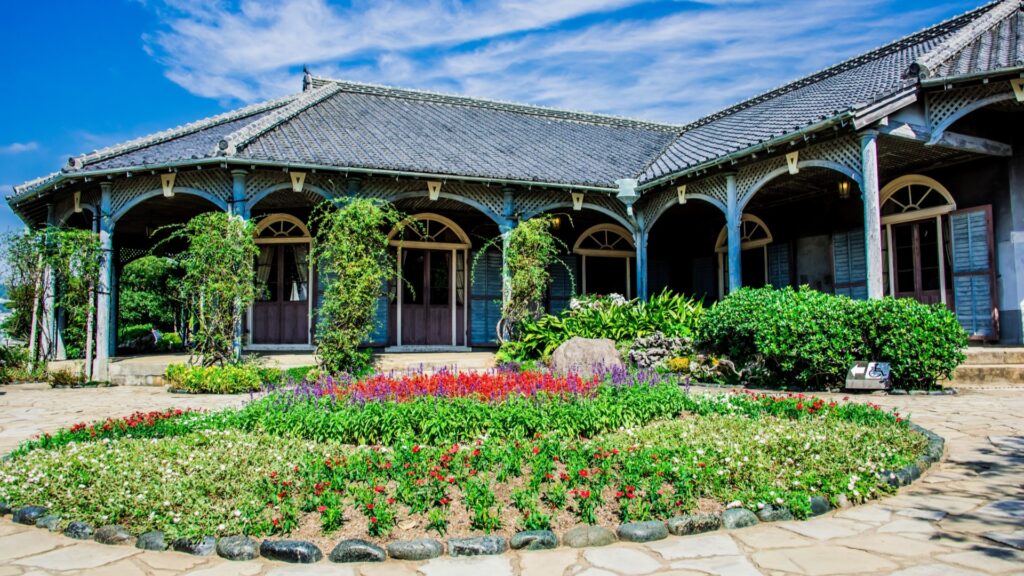
Glover made a successful transition from a weapon merchant at the end of the Edo period to a coal and brewery businessman in the Meiji Period.
Nanban Trade
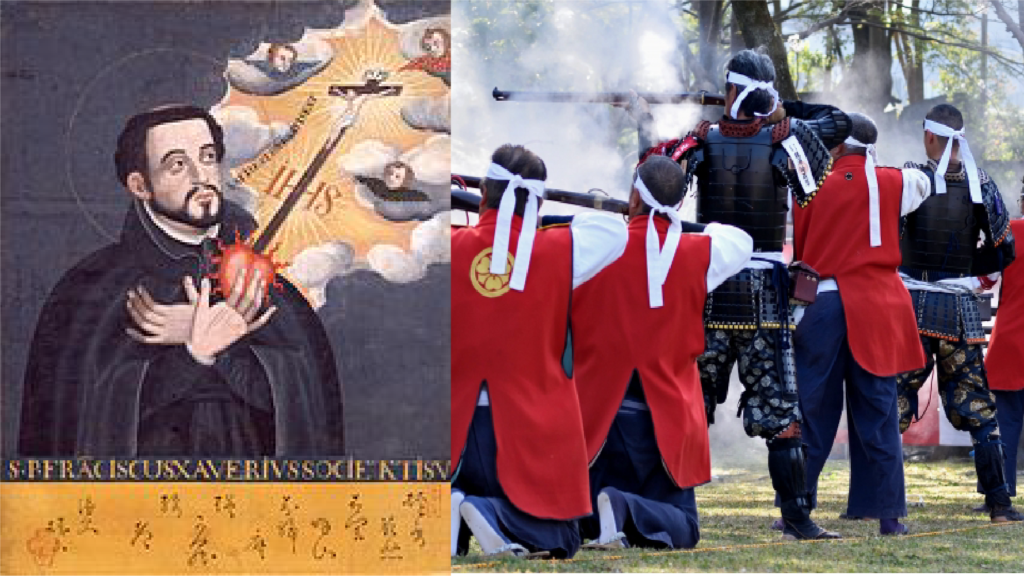
Nagasaki bloomed Nanban Trade with Portugal and Spain in 16C. It brought Christianity and the Guns. How did the Samurai utilize them?
Shoko Shuseikan
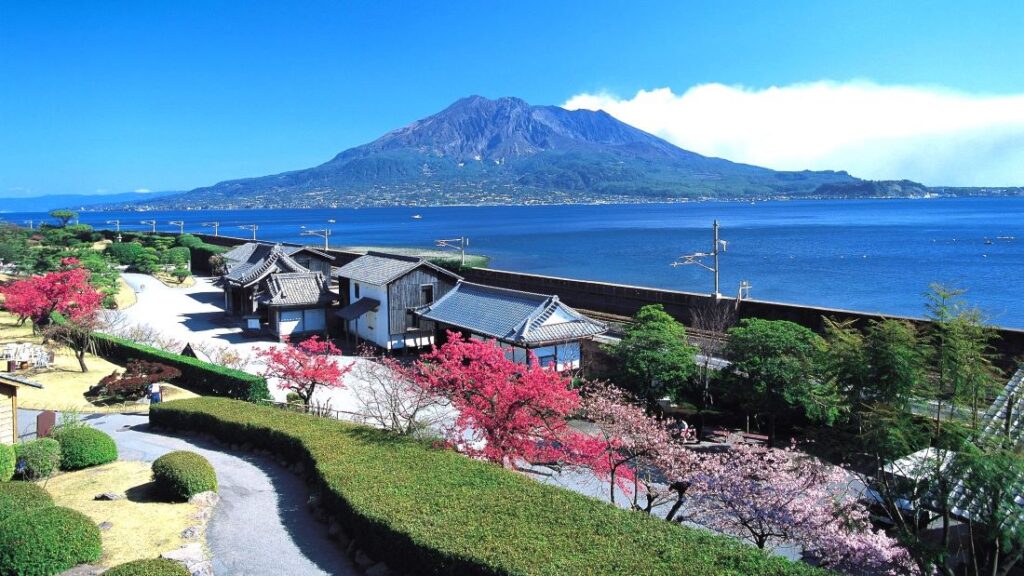
Shoko Shuseikan is a production center for iron cannons, land mines, gas lamps, etc, built by Lord Shimazu Nariakira, facing the Western power at the end of the Edo period.
Oura Church
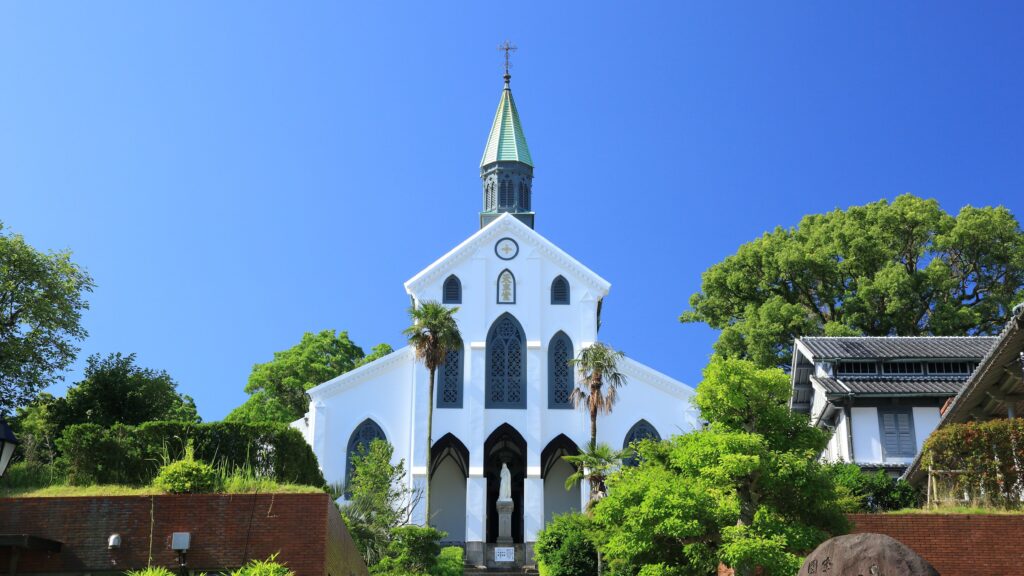
写真提供:(一社)長崎県観光連盟・写真掲載については長崎大司教区の許可をいただいています
